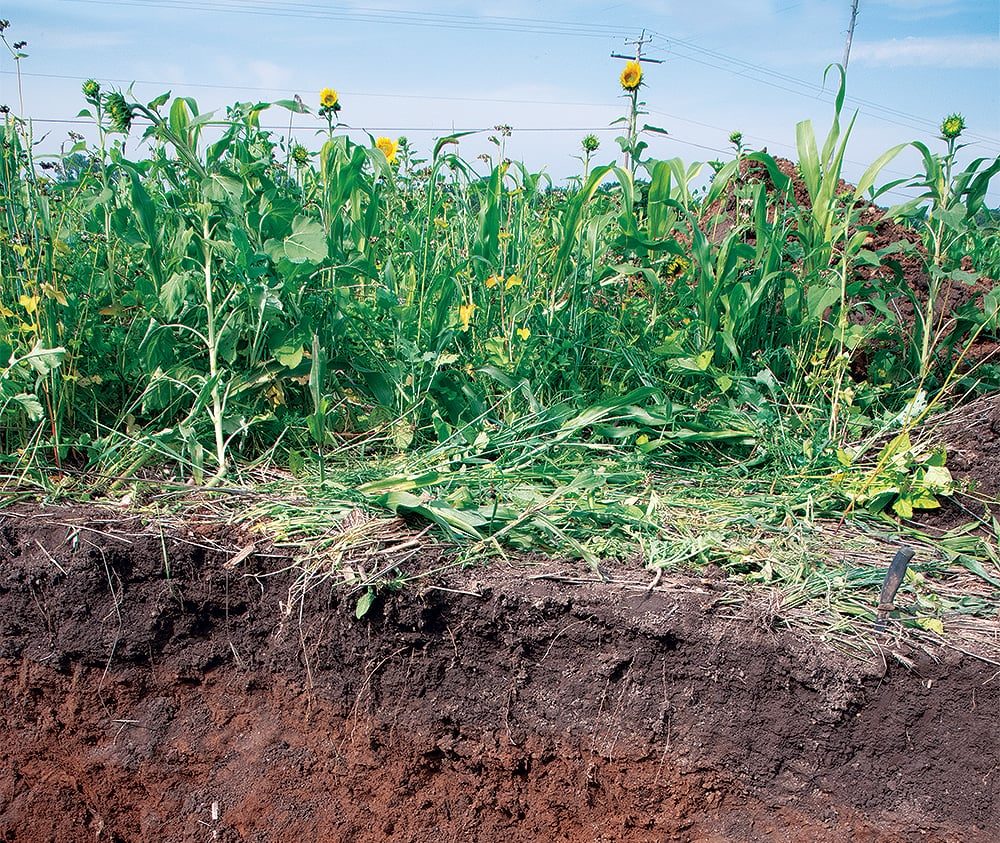No-Till Farmer
Get full access NOW to the most comprehensive, powerful and easy-to-use online resource for no-tillage practices. Just one good idea will pay for your subscription hundreds of times over.

The following article is based on Eileen Kladivko's presentation at the 2019 National No-Tillage Conference. To watch other presentations from the event, click here.
Several years ago, the Conservation Cropping Systems Initiative (CCSI), a program focused on improving soil health in Indiana, began receiving questions from farmers about soil health tests.
Purdue University agronomist and member of the CCSI steering committee Eileen Kladivko says growers wanted to know if these tests were useful and worth investing in to assess their soil health and how their farming practices were affecting it. This prompted the initiative to conduct trials with three commercial soil health tests at 17 sites across the state to answer their questions.
Working primarily with CCSI’s farmer cooperators, they started taking baselines for the tests in 2013, and did additional samplings in 2015, 2016 and 2018. Most of the samples were taken in late May and early June, during corn’s V3-V6 stage. If the field wasn’t in corn, farmers sampled when corn in the area was in that stage range.
At least 30, 8-inch-depth soil probes were taken from each plot, mixed together and then shipped to the labs, usually overnight under ice to prevent the biology from dying.
To get a comparison of the soil health readings between different management systems, plots were either no-tilled, no-tilled and cover cropped, strip-tilled, strip-tilled and cover cropped or conventionally tilled. The study didn’t dictate the management of the cover crops, but Kladivko says the covers were all terminated at least…